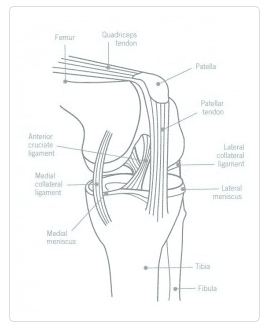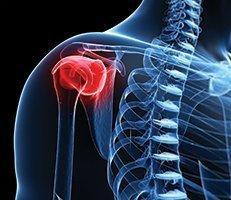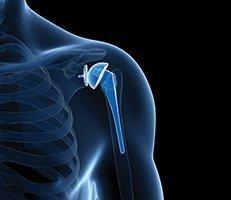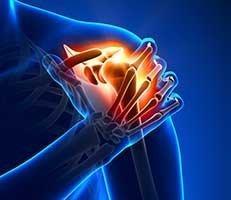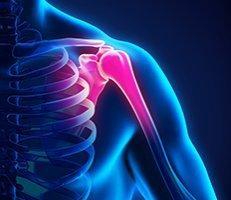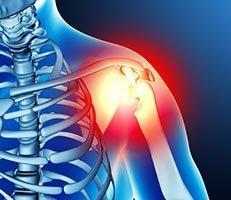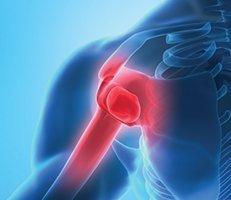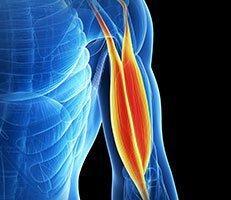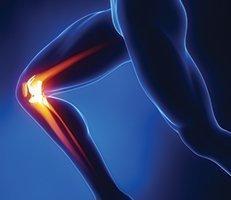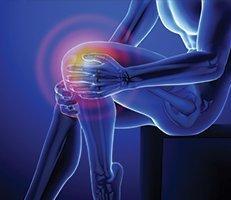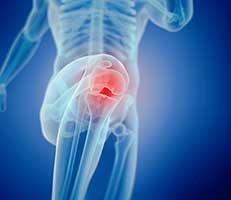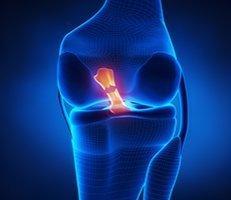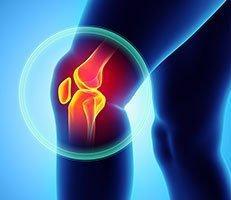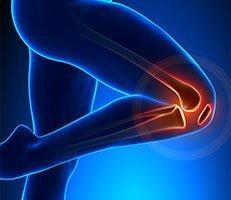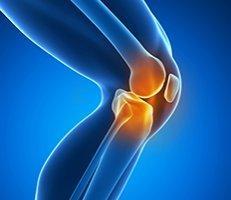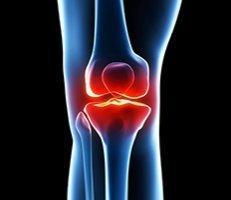Revision ACL surgery is an operation that reconstructs a previous failed ACL reconstruction. Because more and more people, especially young athletes, are tearing their ACLs and choosing to have them reconstructed, revision ACL surgery is becoming a more common procedure. A primary ACL surgery is about 85-90% successful, meaning that roughly 15% of patients experience unsatisfactory results such as pain, stiffness, inability to return to desired activities, or a re-tear of the reconstructed ligament.
Why do ACLs Fail?
Sub-optimal outcomes after ACL reconstruction may occur for a variety of different reasons: improper placement or fixation of the first ACL graft, failure of the graft to heal into the bone, or another injury that tears the reconstructed ligament. Additionally, a patient’s anatomy or biomechanics may predispose him or her to increased risk of failure of ACL surgery.
Revision ACL Surgery in Los Angeles
When pursuing a revision ACL reconstruction it is important to determine why the previous ACL graft failed in order to minimize the probability of repeat failure. Revision ACL reconstruction is not as successful as primary ACL reconstruction because tunnels have already been made in the bones in order to affix the initial graft. For this reason, it is very important to take a step-by-step approach to revision surgery by first determining why the previous surgery failed. This process will likely involve additional MRIs, standing x-rays, and in some cases, surgery prior to the reconstruction. Arthroscopic surgery may be necessary to remove screws and other fixation devices from the previous ACL surgery, and a bone graft may be needed to fill in the tunnels so a new graft can be strongly affixed within the bone. In some cases, an osteotomy (realignment of the leg bones) or reconstruction of other knee ligaments may be recommended to maximize stability of the knee. Although these staged surgeries create a lengthy process, it is important to remember that the diagnosis of ACL failure is critical to the goal of a successful revision surgery.
Revision Graft Choice
As with a primary ACL surgery, there are many graft options available for revision ACL reconstruction. Your surgeon may use an autograft from your own body, typically a hamstrings tendon or the central 1/3 portion of the patellar knee tendon, or an allograft from a cadaver. Graft choice will depend upon several factors including your previous graft type, your age, activity level, your surgeon’s familiarity with certain grafts, and your individual preference. Dr. Millstein has extensive experience working with all autograft and allograft options in patients from many different age groups with varying activity levels.
Rehabilitation
The goals of revision ACL rehabilitation are the same as those of a primary ACL: gain range of motion, strength, and stability of the knee joint. The rehabilitation plan for a revision ACL is typically less aggressive and longer than that of a primary ACL. Dr. Millstein will help you find a physical therapist that can start working with you on an individualized exercise and rehabilitation plan.
Knee Arthroscopy Gallery
To see more before and after pictures of ACL reconstruction surgery, please visit our knee arthroscopy gallery.
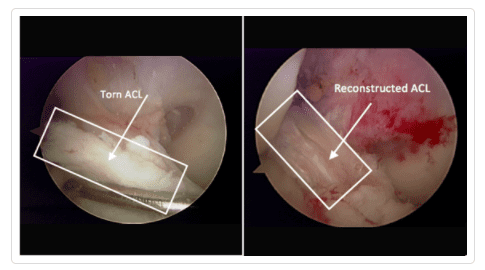
Make an Appointment Today
Dr. Millstein has over decades of experience performing revision ACL surgeries and believes in crafting an individualized treatment approach that gives you the best possible chance at returning to all your desired life activities. If you are struggling with a failed ACL and want to discuss your options for a successful revision procedure, make an appointment with Dr. Eric Millstein today by submitting an online request or calling our office at (310) 595-1030.

